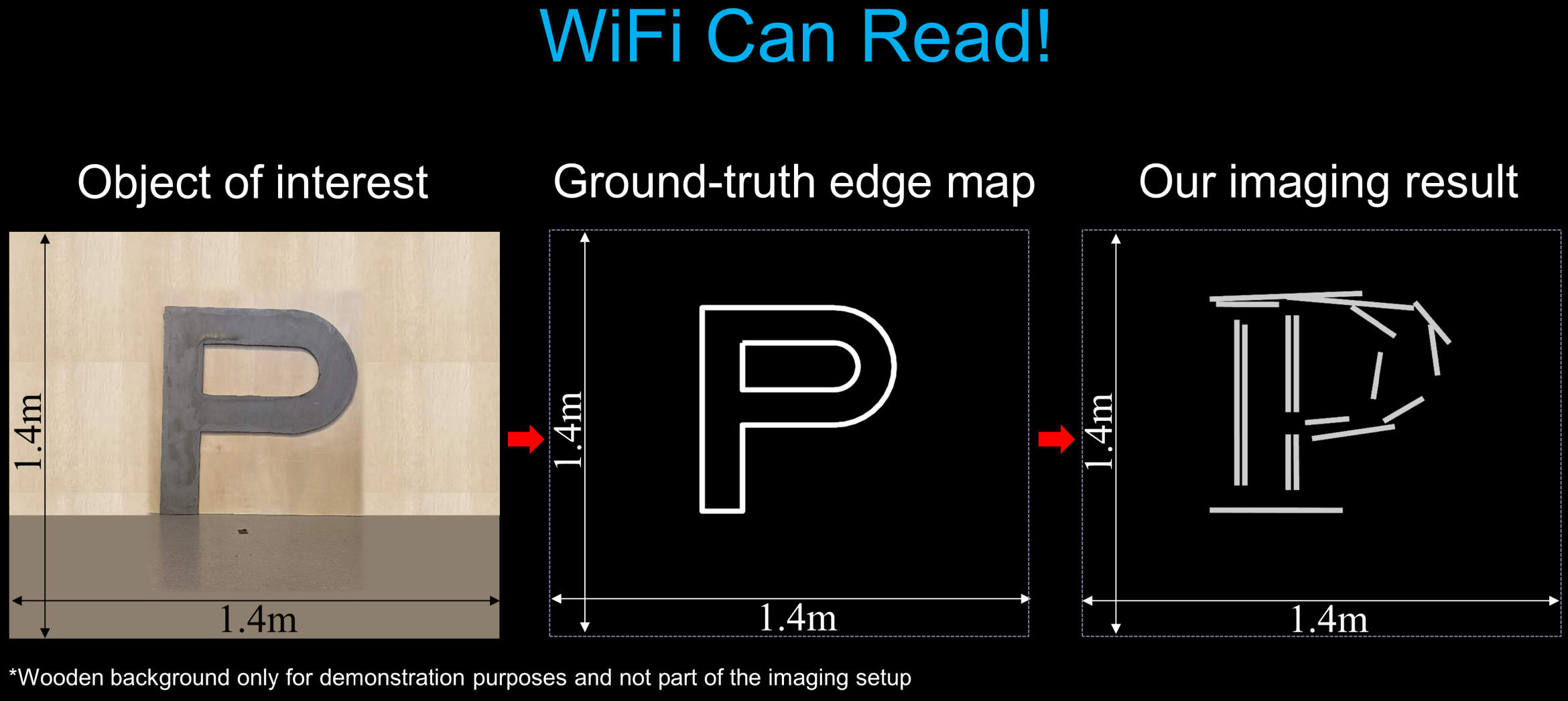Science Daily September 11, 2023
Imaging still scenery with Wi-Fi is considerably challenging due to the lack of motion. The interaction of object edges with the incoming wave, dictated by the Geometrical Theory of Diffraction and the resulting Keller cones, presents new possibilities for imaging with WiFi via edge tracing. Researchers at UC Santa Barbara used the Geometrical Theory of Diffraction and the corresponding Keller cones to trace edges of the objects. They considered the impact of parameters such as curvature of a soft edge, edge orientation, distance to the receiver grid, transmitter location, and other parameters on edge-based WiFi imaging, via both analysis and extensive experimentation. They showed that Keller cones can be used for imaging objects that lack visibly sharp edges, if the curvature of the edge is small enough, by imaging several such daily objects. The technique has enabled imaging, or reading, the English alphabet through walls with WiFi, a task deemed too difficult for WiFi due to the complex details of the letters… read more. TECHNICAL ARTICLE

Sample imaging in non-through-wall settings: Their method can image details of letter P in ways not possible before. Credit: Mostofi Lab.